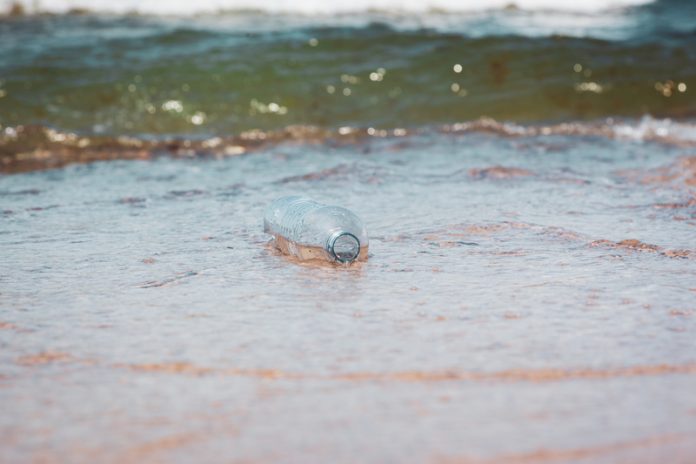Dr Ruth Barnich, Principal Taxonomist at environmental consultancy Thomson Ecology explores tackling the issue of microplastics, with a focus on how we can better assess their impact on the environment and the food chain
The presence of plastic litter in our oceans is currently the subject of significant media attention. Not a day goes by without public discussions over the enormous amount of plastic entering the oceans or the need to reduce the consumption of single-use plastic items. As a member of the OSPAR Convention, whose aims are to protect the marine
environment of the North-East Atlantic, the UK government is investing in different aspects of research around plastic litter pollution. Recently, it announced the funding of an important research project exploring the ways in which microplastics enter the marine
environment and also the impact that they have on life in our oceans.
As a marine biologist, I have worked in the field as an academic and expert for more than 30 years. I am currently chief scientist at Thomson Unicomarine, the marine laboratory of Thomson Ecology. Our marine team are experts in assessing the diversity and abundance of marine animals in seafloor samples. Over the past couple of years, we have seen an increase in requests for evaluating the number of microplastics alongside the animals in our samples. The key issue that I am now trying to address is the lack of guidance on how to name or record the different types of microplastics that we find. This is because the existing OSPAR litter categories apply to plastic found in trawl nets which collect much larger litter items compared to those that we find in our seafloor sediment grab samples.
Microplastics can be primary particles (beads, pellets or powders) or secondary when they result from fragmentation of larger items. They range in size from a few microns to up to five millimetres in diameter. The images in this article show some examples of those fragments, beads and granules. The shrimp in the picture is roughly 2.5 mm long and its body surface is covered with tiny plastic granules. This shocking example illustrates how microplastics may enter and move up the food chain and, ultimately end up on our plates.
Because of the lack of a standard classification for microplastics, I have established an internal standardised procedure for naming and recording microplastics consistently in our laboratory. This was discussed subsequently at several meetings in the UK and presented
to an international audience at the 4th World Conference on Marine Biodiversity in Montreal, Canada. At these meetings, it became clear that other marine laboratories in the UK and abroad face the same issues regarding consistency and comparability of results as we do. In addition, it is also clear that this is an issue that needs to be addressed and agreed internationally as microplastics continue to proliferate.



We process over 1000 grab samples per year. Each cover about 0.1 m2 of the seafloor to a depth of 20 cm. Extracting microplastics alongside our targeted animals is a very cost-effective way of sampling. It would make sense not only to assess their presence but also to forward the extracted microplastics to specialised chemical laboratories for analysis of their nature and source.
The problem of microplastics is here to stay. We need to make sure that we understand how it may be affecting the marine environment, as well as the food on our
tables. Now is the time to discuss standards and terminology across the different fields of research here in the UK, so that we can accurately assess the scale of the problem. We urgently need a forum to exchange ideas and ensure that we join our efforts up internationally in order to help tackle plastic pollution in the most efficient way.
Dr Ruth Barnich 
Principal Taxonomist
Thomson Ecology
Tel: +44 (0)1483 466 000
enquiries@thomsonecology.com
www.thomsonecology.com
www.twitter.com/ThomsonEcology











